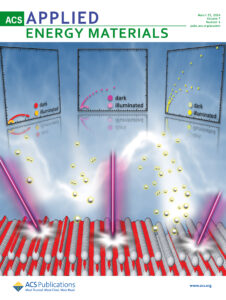
One of the primary challenges associated with the use of titanium dioxide as a photocatalyst lies in its wide bandgap. In our research, we addressed this issue by employing a thermal treatment in atomic hydrogen plasma to reduce TiO2. This process led to an enhancement in the material’s light absorption capabilities, extending its range from ultraviolet to near-infrared wavelengths and improving its photoelectrocatalytic performance. Interestingly, our findings indicate that intense plasma reduction treatments resulted in pronounced spectral absorption, but poor photoelectrocatalytic performance. Conversely, milder treatments yielded less noticeable changes in absorption, yet notably enhanced the photocurrent in the hydrogen evolution reaction. To provide a deeper understanding, we combined STM, XPS and photoelectrochemical experiments with theoretical calculations. This integrative approach allowed us to establish correlations between the photoelectrochemical performance and the atomic and chemical structures of hydrogen-reduced materials. Our comprehensive investigation sets the stage for the development of advanced materials suitable for a wide array of applications.
Full text in this link
Hydrogen-induced Reduction Improves the Photoelectrocatalytic Performance of Titania, C. Sánchez-Sánchez, R. Muñoz, E. Alfonso, M. Barawi, J. I. Martínez, E. López-Elvira, G. Sánchez-Santolino, N. Shibata, Y. Ikuhara, G. Ellis, M. García-Hernández, M. F. López, V. de la Peña O´Shea, J. A. Martín-Gago, ACS Appl. Energy Mater., 7 (2024) 2101.

